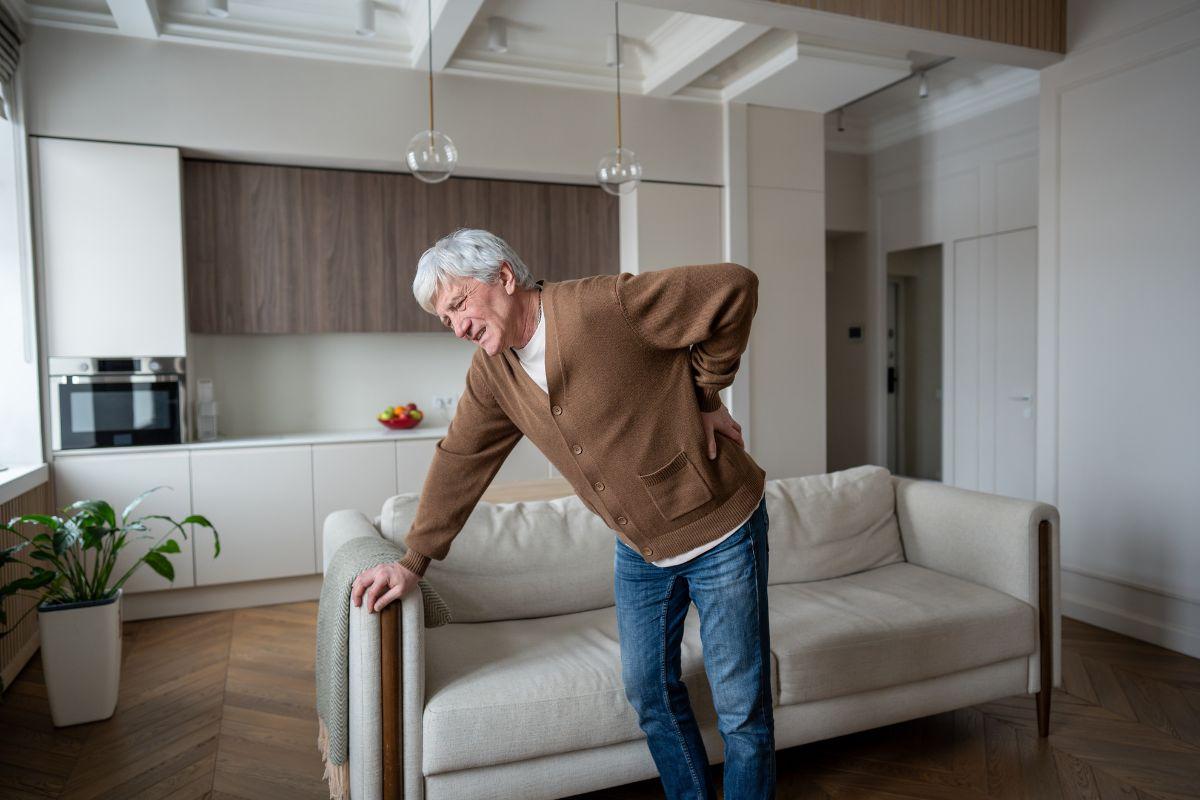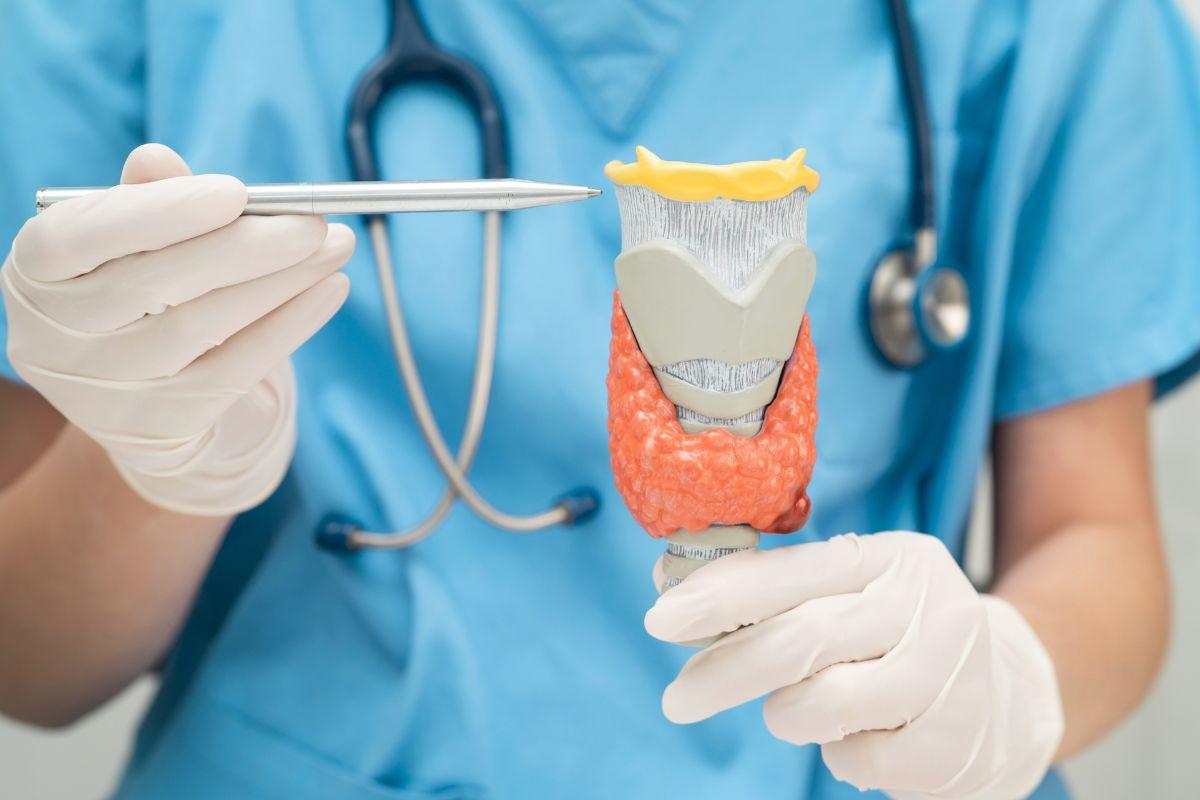Spinal stenosis is the narrowing of one or more spaces within your spinal canal. The causes and the symptoms vary between each patient. Also, while many find relief through physiotherapy, medication, and injections, sometimes surgery is the next step. Surgery for spinal stenosis can be for older adults, especially when pain or limited mobility affects daily life. This surgery is performed by experienced orthopaedic surgeons. Doctify is a resource to connect with trusted orthopaedic surgeons, where you can obtain personalised advice and treatment.
What Is Spinal Stenosis?
The spinal vertebrae forms “a tunnel” where a bundle of nerves pass through. The tunnel is called the spinal canal and the bundle of nerves is called the spinal cord. Spinal stenosis is the narrowing of the spinal canal, which puts pressure on all the nerves. This spinal stenosis can cause pressure on your spinal cord or the nerves that go from your spinal cord to your muscles. The common causes include: aging, arthritis, and wear-and-tear changes in the spine. The symptoms of spinal stenosis can be many, but among the most frequent are: pain, numbness, or weakness in legs; difficulty walking long distances; relief when sitting or bending forward.
First-Line (Non-Surgical) Treatment
Many patients improve with non-surgical treatments, such as:
- Physiotherapy to strengthen core muscles and support posture.
- Pain management with anti-inflammatory medications.
- Steroid or nerve block injections to reduce inflammation.
- Lifestyle changes: walking aids, pacing activity, gentle exercise.
When Surgery May Be Considered
Surgery should be considered in the cases in which all the non-surgical treatments have been tried, but with no significant improvement or relief of the symptoms referred by the patient. As well, surgery should be considered in the cases in which a patient has severe neurogenic claudication (leg pain and weakness during walking), difficulty maintaining independence due to mobility issues, or imaging (MRI/CT) showing significant nerve compression.
Types of Surgery for Spinal Stenosis
surgery is best. The types of surgery for spinal stenosis are:
- Decompression (Laminectomy): removing bone or tissue pressing on nerves.
- Laminotomy or Foraminotomy: partial removal to widen nerve openings.
- Spinal Fusion: stabilising the spine when instability is present.
Additionally, there are minimally invasive techniques with shorter recovery times, such as:- Minimally Invasive Lumbar Decompression (MILD) Procedure: using a small incision and specialized tools.
- Endoscopic Spine Surgery: using a flexible tube with a camera and tiny incisions
- Microdiscectomy: a small incision with the aid of a microscope
- Minimally Invasive Laminectomy/Laminotomy: use smaller incisions to remove only a portion or the entire lamina of the vertebra.
Risks and Considerations
The surgery might have some risks and there are a few considerations to have in mind. The common risks include infection, blood clots, and nerve injury. Important to have in consideration is that recovery can be slower in older adults due to other health conditions. Another important consideration is that elevated weight causes multiple risks, in contrast to controlled weight which offers multiple benefits. A controlled weight improves walking tolerance, pain relief, and independence.
Recovery and Long-Term Outlook
After surgery, there are some aspects you should have in mind. A hospital stay for a few days, in order to have a standard decompression. Rehabilitation should be included, for example: physiotherapy and gradually returning to activities. Most patients experience significant improvement in walking and returning to their daily life activities. Finally, long-term monitoring is recommended to ensure stability and prevent complications.
Questions to Ask Your Surgeon
Below are some examples of questions you can ask your orthopaedic surgeon:
- Is surgery the best option for my symptoms and age?
- What type of procedure do you recommend and why?
- What is the expected recovery time?
- What are the risks in my case?
Conclusion
Spinal stenosis can feel limiting due to their symptoms, which often are pain, numbness, or weakness in legs; difficulty walking long distances; relief when sitting or bending forward. The causes have been studied, among the most common are aging, arthritis, and wear-and-tear changes in the spine. Nevertheless, surgery may restore mobility and independence when other treatments no longer help. Multiple are the possibilities of surgeries, the orthopaedic surgeon will decide which best fits each patient. We invite you to book a consultation with a trusted orthopaedic surgeon via Doctify for guidance tailored to your situation. Age alone doesn’t exclude surgery — decisions are based on overall health and goals.
Find the right specialist for you. Doctify uses verified reviews so you can make the best decision for your healthcare.

Feel free to consult an orthopaedic surgeon through Doctify for personalised advice, we will be happy to help you! Find the best orthopaedic surgeons in the United Kingdom or search for the best specialists globally:
- Orthopaedic surgeons in the United Arab Emirates
- Orthopaedic surgeons in Germany
- Orthopaedic surgeons in Austria
- Orthopaedic surgeons in Ireland
- Orthopaedic surgeons in Australia
Medically Reviewed
Last reviewed on 30/09/2025




